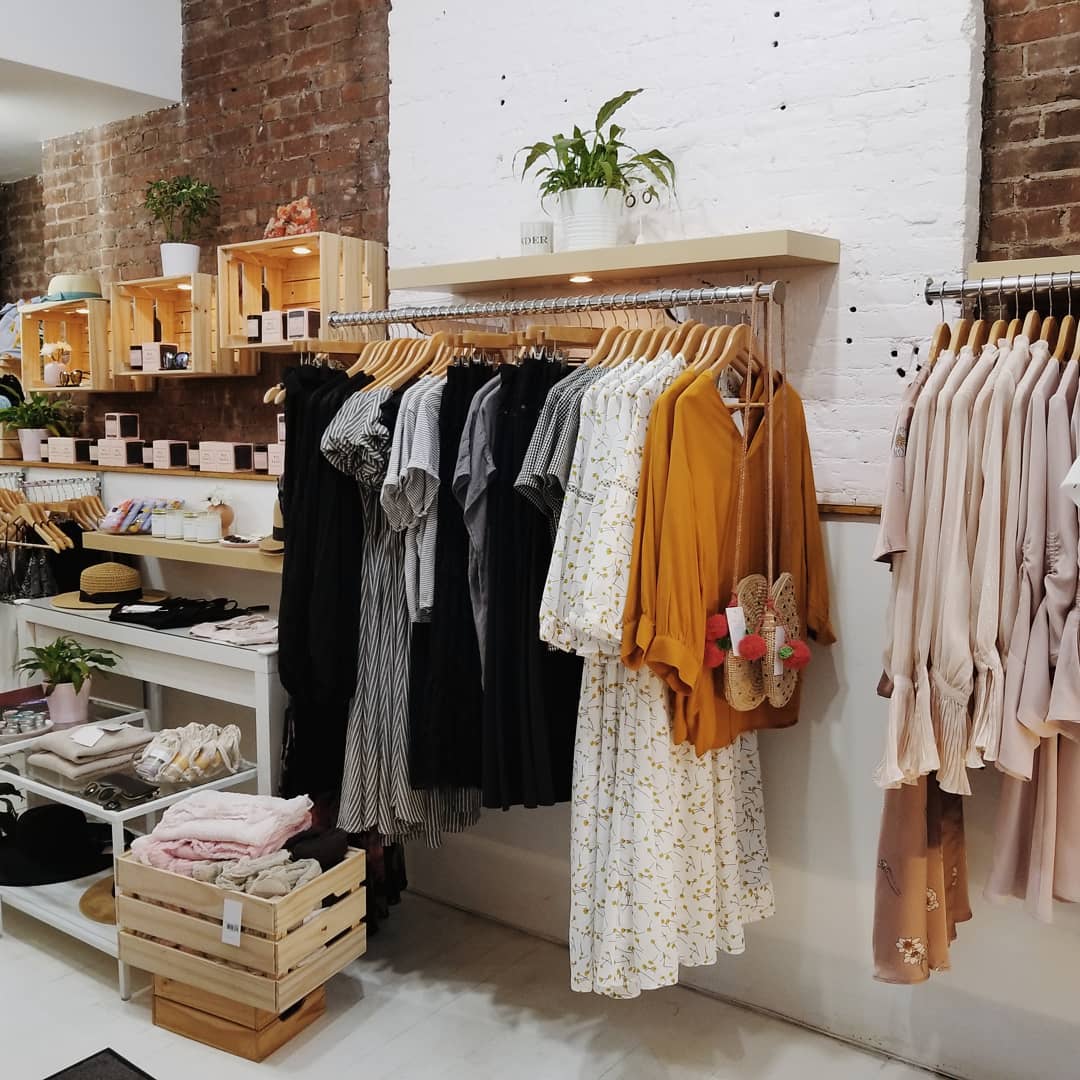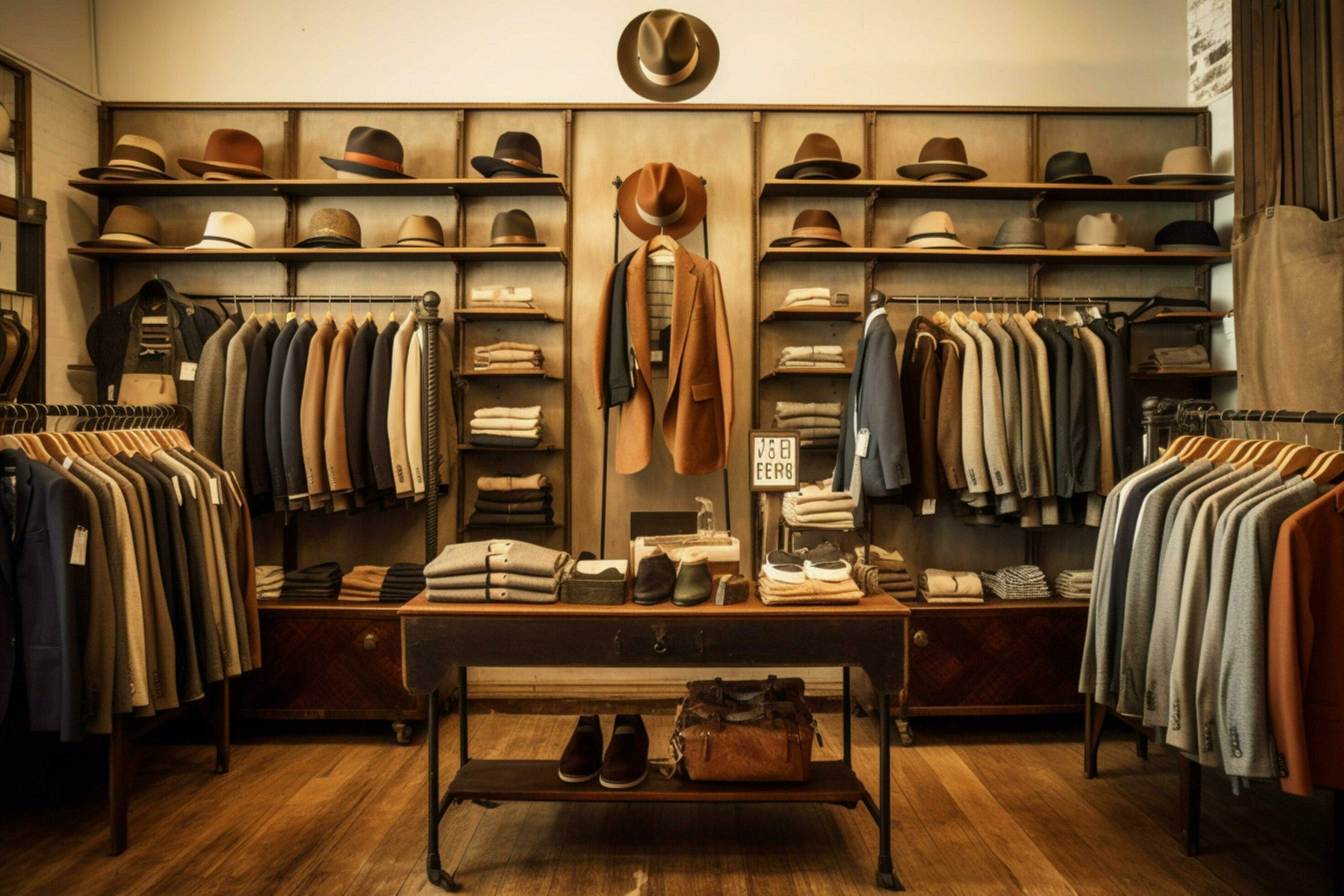A Deep Study the Globe of High-Fashion Runways: Understanding Garments as Art
Designers, much like masterful musicians, weave detailed stories with fabric, color, and kind, challenging typical standards and redefining appeal requirements. As we explore these sartorial eyeglasses, we must consider: what role does style play in shaping social values, and just how does it show the ever-changing tapestry of human emotion and identification?
The Evolution of Runway Shows
The trajectory of path programs has changed dramatically over the decades, advancing from special industry events to exciting spectacles that mix fashion with art. Commonly, runway programs were intimate affairs, kept in ateliers or small places, mainly participated in by purchasers and market insiders. These early discussions focused on the garments' workmanship and commercial stability, providing a functional and straight display of seasonal collections.
As the fashion industry expanded, the nature of runway shows began to change. The 1970s and 1980s marked a turning point, with designers seeking to differentiate themselves with even more staged discussions.
Recently, modern technology and social media have even more reinvented runway shows, making them available to a worldwide audience. Livestreaming and digital platforms have actually equalized style, enabling lovers worldwide to witness these events in real-time (boutique fashion). This evolution reflects a broader social change, where high-fashion paths work as a dynamic intersection of design, efficiency, and advancement
Designers as Dreamer Artists
Just how have designers transcended their functions to end up being visionary artists? Designers in the high-fashion sector have obscured the lines in between functional garment production and the theoretical realm of art. This makeover appears in the method they approach their collections, not merely as apparel however as profound expressions of feeling, society, and identity. By welcoming creative techniques such as sculpture, painting, and progressive setups, developers craft garments that challenge traditional fashion standards and raise them to art kinds.
Visionary designers draw motivation from a myriad of sources, consisting of abstract art, historic references, and personal narratives. They possess a distinct capability to picture and emerge ideas that press the boundaries of conventional fashion, usually redefining visual paradigms at the same time. This imaginative ingenuity is showcased via remarkable shapes, ingenious materials, and elaborate craftsmanship, which welcome audiences to experience fashion as greater than just wearable things.
Moreover, the runway offers as a canvas for these musicians, where illumination, songs, and set style coalesce to produce immersive experiences. These discussions are not simply screens of clothes however are orchestrated performances that evoke feeling and prompt idea, verifying the developer's function as a true artist in the modern social landscape.
Cultural Influences in vogue
Social tapestry weaves its complex patterns right Find Out More into the textile of style, affecting designers around the world. The vibrant interchange of cultural tales, practices, and signs notifies and influences collections that poise high-fashion runways. Developers thoroughly attract from their heritage or involve with societies unique from their very own, crafting garments that serve as aesthetic narratives. This social discussion not only enhances the visual diversity yet likewise fosters a much deeper understanding and gratitude of international identifications.
The influence of society on style is typically seen in the reinterpretation of conventional garments and patterns. As an example, making use of Japanese kimonos, Indian saris, or African prints in modern fashion mirrors a blend of cultural authenticity and contemporary appearances. Developers such as Valentino's Pierpaolo Piccioli and Alexander McQueen's Sarah Burton have actually been understood to incorporate abundant cultural concepts my blog right into their couture collections, translating history into wearable art.

Advancement in Textile and Design
Development in fabric and layout regularly reshapes the landscape of high-fashion, pressing boundaries and redefining opportunities. Developers are progressively checking out the assimilation of innovation, such as 3D printing, which enables for the creation of complicated structures that were formerly inconceivable.
The fashion market is observing a surge in the usage of green materials, obtained from recycled plastics, natural fibers, and also biodegradable elements. Developers are welcoming these materials to craft garments that are both visually striking and mindful of their ecological footprint.
In terms of style, progressive shapes and speculative forms are constantly changing the path. By incorporating unique products and cutting-edge methods, developers grow garments that obscure the line in between style and art, establishing brand-new criteria for creative thinking and expression in the high-fashion sphere.
Impact of Fashion on Society
Fashion wields an extensive influence on society, offering as both a reflection of social identity and a catalyst for social adjustment (boutique fashion). With its evolution, style has mirrored social shifts, enveloping the zeitgeist of different periods.
Additionally, fashion has the power to bridge social gaps, cultivating understanding and recognition amongst diverse teams. As globalisation speeds up, the cross-cultural exchange of style ideas comes to be progressively substantial, promoting inclusivity and variety. The rise of streetwear, stemming from urban subcultures, highlights how style can go beyond socio-economic limits, providing individuals a method of self-expression and empowerment.
Essentially, style is not merely regarding visual appeals; it is a vibrant force that influences values, mindsets, and social progress (boutique fashion). By continually interacting with cultural and social currents, style remains an indispensable part of the collective human experience

Verdict
Designers, akin to visionary musicians, manage collections that show identity, feeling, and cultural narratives, testing standard looks. This crossway of fashion and virtuosity not just mesmerizes audiences globally yet likewise affects social perceptions and advertises a much deeper appreciation for social diversity.

Social tapestry weaves its intricate patterns into the textile of fashion, affecting developers globally.Fashion possesses an extensive impact on society, serving as both a reflection of social identification and a stimulant for social change.